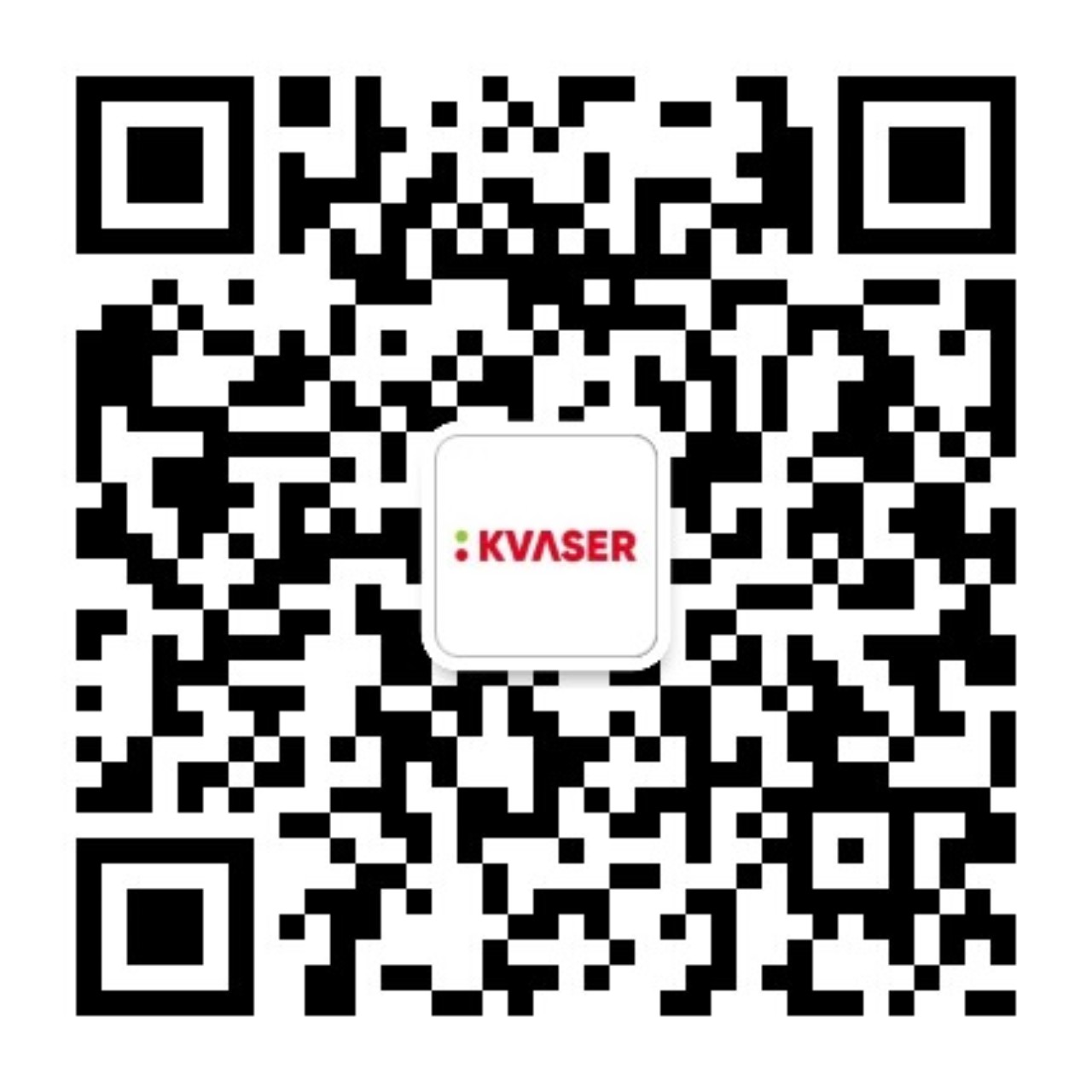Kvaser’s PCICanx boards are playing an important role within the world’s most powerful particle accelerator, CERN’s Large Hadron Collider. ATLAS, the largest experiment running within the LHC, is using several 100 of Kvaser’s PCICanx CAN to PCI boards to collect data from the detectors where sub-atomic collisions will take place.
The LHC aims to recreate conditions as they occurred immediately after the Big Bang. It is hoped that the various experiments, including ATLAS, will further our understanding of a wide range of theoretical physical phenomena, including the search for the Higgs boson, extra dimensions and particles that make up dark matter.
The PCICanx boards provide a key link in the chain between the detector and the 100 or so PCs that control and supervise it, located within the ATLAS electronics rooms. Each of the PCs is equipped with up to three Kvaser cards that in total control over 5000 CAN nodes on more than 300 CAN buses!
In this case, the CANbus nodes in question were designed and developed by ATLAS in collaboration with the National Institute for Nuclear Physics and High Energy Physics, NIKHEF, in Amsterdam and the Petersburg Nuclear Physics Institute. Referred to by the researchers as Embedded Local Monitoring Boards (ELMBs), Kvaser worked with ATLAS staff to optimise the PCICanx boards to suit the ELMBs needs.
In charge of the ATLAS Detector Control System (DCS) project is CERN’s Dr. Helfried Burckhart: “The DCS needs to monitor some 200,000 slowly changing (in the order of one measurement per second) parameters, such as voltage, current, temperature and pressure. In addition, we are measuring operational parameters of complex equipment, switching installations etc.” Hence the ELMB I/O modules, which include a multiplexed 64 channel ADC, gather both analog and digital inputs and feature digital output as well. Each ELMB interfaces with one of the four outgoing ports of Kvaser’s interface cards, using CANopen as the high-level communication protocol.
From a data gathering perspective, the CAN network was an automatic choice. As Dr Burckhart explains: “It is robust, has good industrial support (including at the chip level), is inexpensive, and provided adequate functionality for us.”
Partnering for the long-term
For many people, the first they would have heard of the scientific endeavour now underway at CERN was when the LHC was fired up on 10th September this year. However, the LHC project has taken many years to come to fruition, and CERN chose Kvaser’s PCI to CAN hardware for the ATLAS experiment as early as 2002, after assessing Kvaser’s solution against its competitors.
Asked why Kvaser’s boards were chosen, Dr Burckhart said: “Kvaser’s initial form factor already fit well with our requirements. And following our suggestions they made a new version of their board, which exactly matched our needs. An additional plus was that they had CAN interface cards in USB and PCMCIA form factors which support the same application software. Kvaser was also very responsive when initial software fixes were needed.”
Among the physical requirements determining CERN’s choice of a CAN interface board was that each port would need an independent buffer and be independently controlled (so resetting one port wouldn’t affect another). From a software perspective, it was necessary to support Windows 2000, XP and, ideally, Linux drivers, and that a simple and intuitive API was needed.
Kvaser’s PCICanx family comply with PCI 2.3 and support CAN 2.0 A and 2.0 B. Available in versions supporting one, two and four controllers, they are simple to install – literally plug and play. When the PCICanx were specified, only Kvaser could accommodate four ports per board, providing CERN with a highly cost-effective solution.
(With thanks to CERN for the image of the ATLAS experiment)
 linkedin
linkedin twitter
twitter youtube
youtube youku
youku weixin
weixin